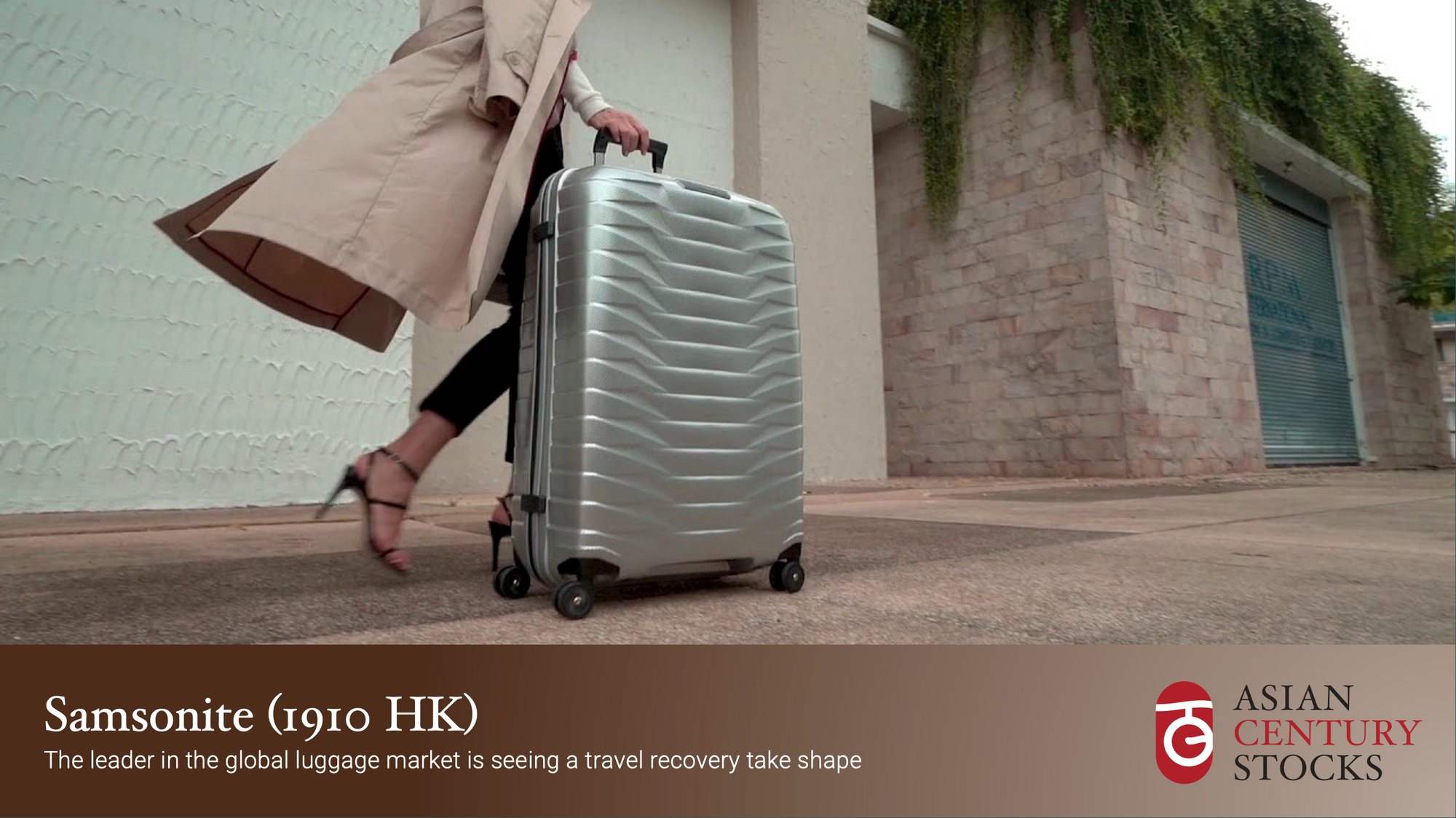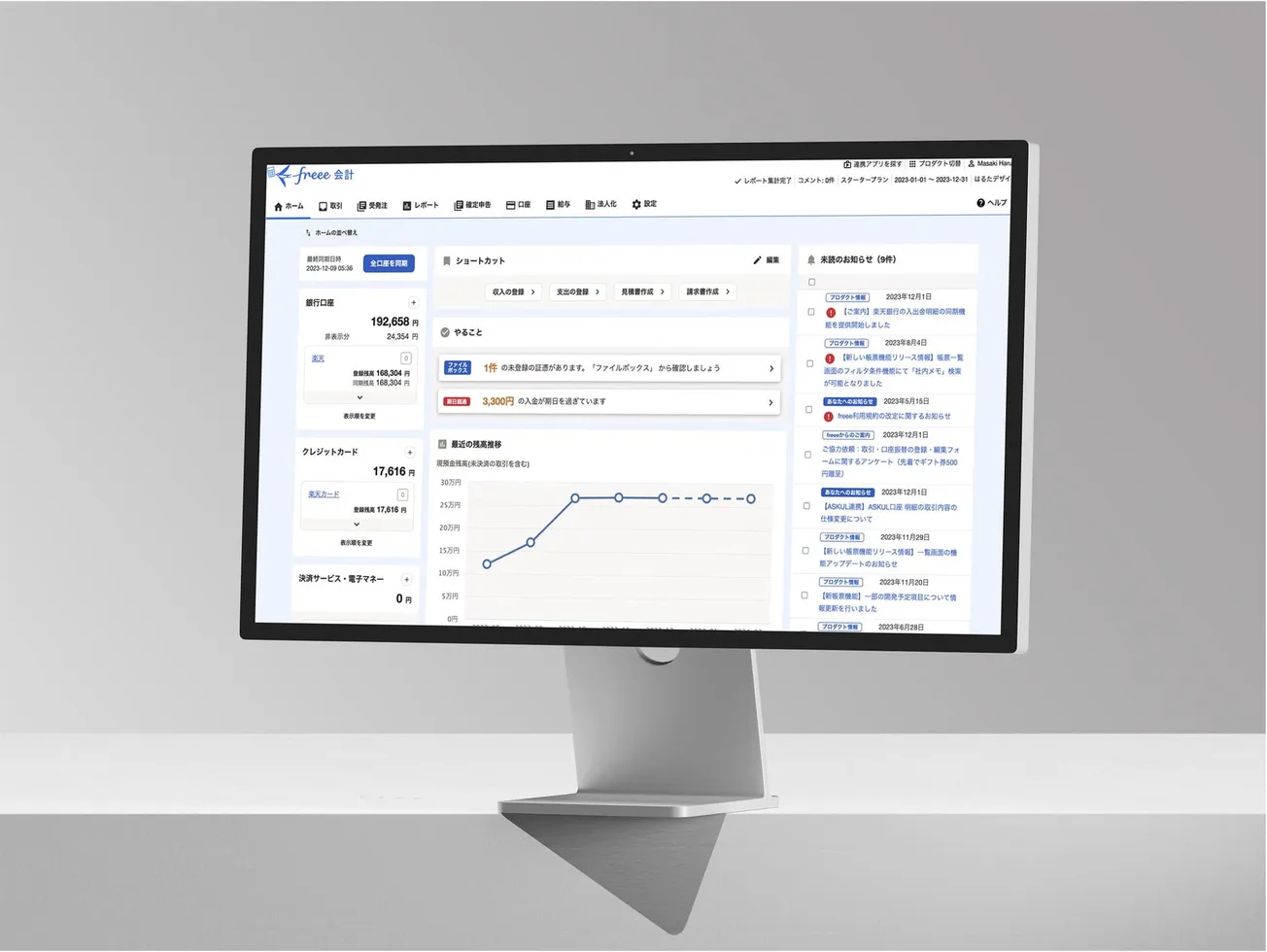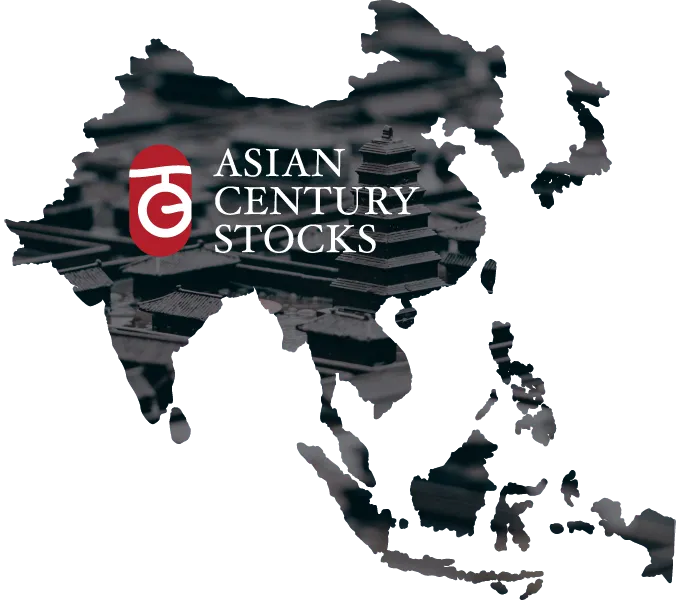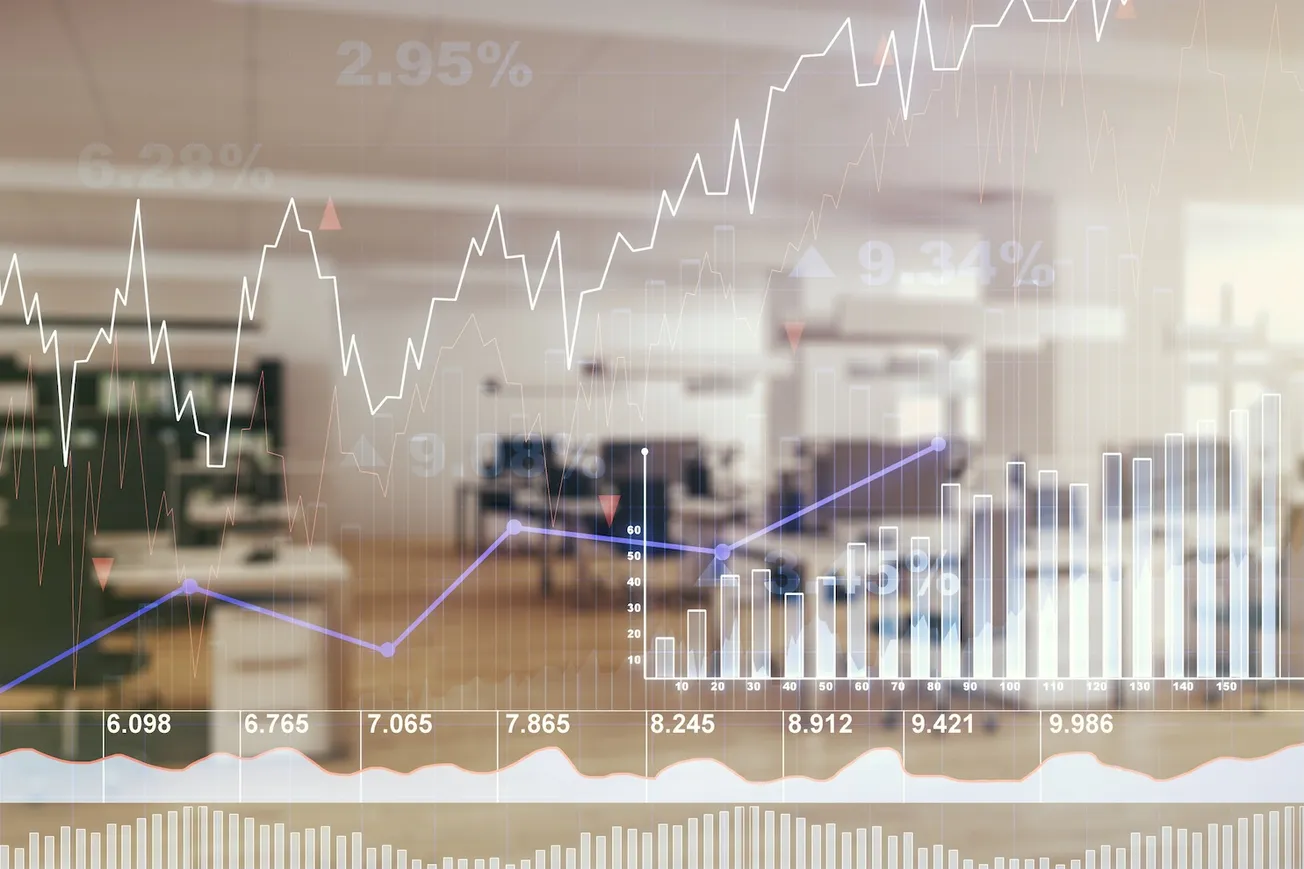Disclaimer: Asian Century Stocks uses information sources believed to be reliable, but their accuracy cannot be guaranteed. The information contained in this publication is not intended to constitute individual investment advice and is not designed to meet your personal financial situation. The opinions expressed in such publications are those of the publisher and are subject to change without notice. You are advised to discuss your investment options with your financial advisers and to understand whether any investment is suitable for your specific needs. From time to time, I may have positions in the securities covered in the articles on this website. Full disclosure: I do not hold a position in Samsonite when publishing this article. Note that this is a disclosure and not a recommendation to buy or sell.

Summary
- I first wrote about Samsonite in July 2022. It’s the world’s biggest luggage brand, with a 15% market share across its key brands: Samsonite, Tumi, and American Tourist.
- Back then, the global travel recovery was still uncertain. However, as the recovery materialized, Samsonite’s revenues recovered nicely. Meanwhile, margins have hit an all-time high thanks to robust cost control.
- Samsonite now trades at a headline P/E of 8.7x. Management has initiated a buyback program, stating that it considers the shares undervalued. Plans are now in place to unlock that value, with any event likely to occur before the end of 2025.

Global travel has been hot this summer. The primary beneficiary could be the global luggage giant Samsonite, which trades as an orphaned security on the Hong Kong Stock Exchange at a headline P/E ratio of 8.7x.
So what’s going on? In this post, I’ll discuss why the share price has declined and what might change in the coming two years if management executes its current plan.
Table of contents:
1. Quick recap
2. Update since my first write-up
2.1. Samsonite’s post-COVID-19 recovery
2.2. The weaker 1Q2024 numbers
2.3. Improved capital allocation
3. What will change for Samsonite?
3.1. Still-positive guidance
3.2. The new strategy to unlock value
3.3. A new product line-up
4. Valuation multiples
5. Conclusion1. Quick recap
I first wrote about Hong Kong-listed luggage maker Samsonite (1910 HK - US$4.0 billion) back in 2022, when the post-COVID travel recovery was just getting started.

Here’s a summary of that presentation:
- Samsonite is the world’s leading luggage brand, with an overall market share of around 15%. Its top three brand names include Samsonite, Tumi, and American Tourister, covering every segment from affordable luggage to premium varieties. Samsonite’s biggest market is the United States, at 32%, followed by China at 8% and India at 7%.
- It’s originally from the United States, formed in Denver, Colorado in 1910. After a short period of private equity ownership, it relisted in Hong Kong in 2011 to take advantage of the high valuation multiples in the market at the time. That makes Samsonite an unusual security: listed in a market where none of its peers are. Few analysts are paying attention to it.
- Samsonite outsources 90% of its production to third parties, many of them in China or Vietnam. That outsourcing rate is positive from a cost point of view but has also reduced the differentiation and quality control of Samsonite products.
- Before COVID-19, the global luggage market grew in the mid-single digits, with Samsonite enjoying a stable market share. Samsonite had tried to grow through acquisitions, but most were expensive. For example, Samsonite acquired Tumi at 17.7x EBITDA.
- Previous CEO Ramesh Tainwala was ousted in 2018 due to short-seller Blue Orca pointing out aggressive accounting, fake credentials, and related-party transactions. There was some truth to those allegations, though they were minor. Most of these issues are in the rearview mirror.
- Other problems also emerged for Samsonite. In 2019, US President Trump introduced tariffs on Chinese travel goods. Samsonite had much of its production in China then and couldn’t respond quickly. It had to move a large part of its production to Vietnam, which was costly and disruptive.
- COVID-19 was the final nail in the coffin, hurting the global luggage industry as potential travellers stayed at home and spent their money on consumer electronics and household goods instead.
- Given that borders had opened up and given the bullish predictions made by industry associations like IATA, I thought there was a good chance that the travel industry would recover.
- I also noted that Samsonite had been proactive in cutting costs, laying off 37% of its employees and reducing its company-operated stores by 22%.
- I predicted a forward P/E of 13-14x, far below the historical level of 20x, with peers trading at even higher multiples.
- A concern at the time was Samsonite's debt load. US interest rates had just begun rising, and the EBITDA interest coverage ratio of 4.1x was a bit on the tight side.
- Samsonite was well on its way to recovery. And in many investors’ view, it remains a brand that’s likely to stand the test of time.
2. Update since my first write-up

Samsonite’s stock price has risen about +23% since my last write-up in July 2022. However, this performance hides significant volatility, which was first sparked by rumors that the company was going to be acquired. A decline in the stock price soon followed, and it is now down about -30%.
The reasons for this decline were three-fold:









